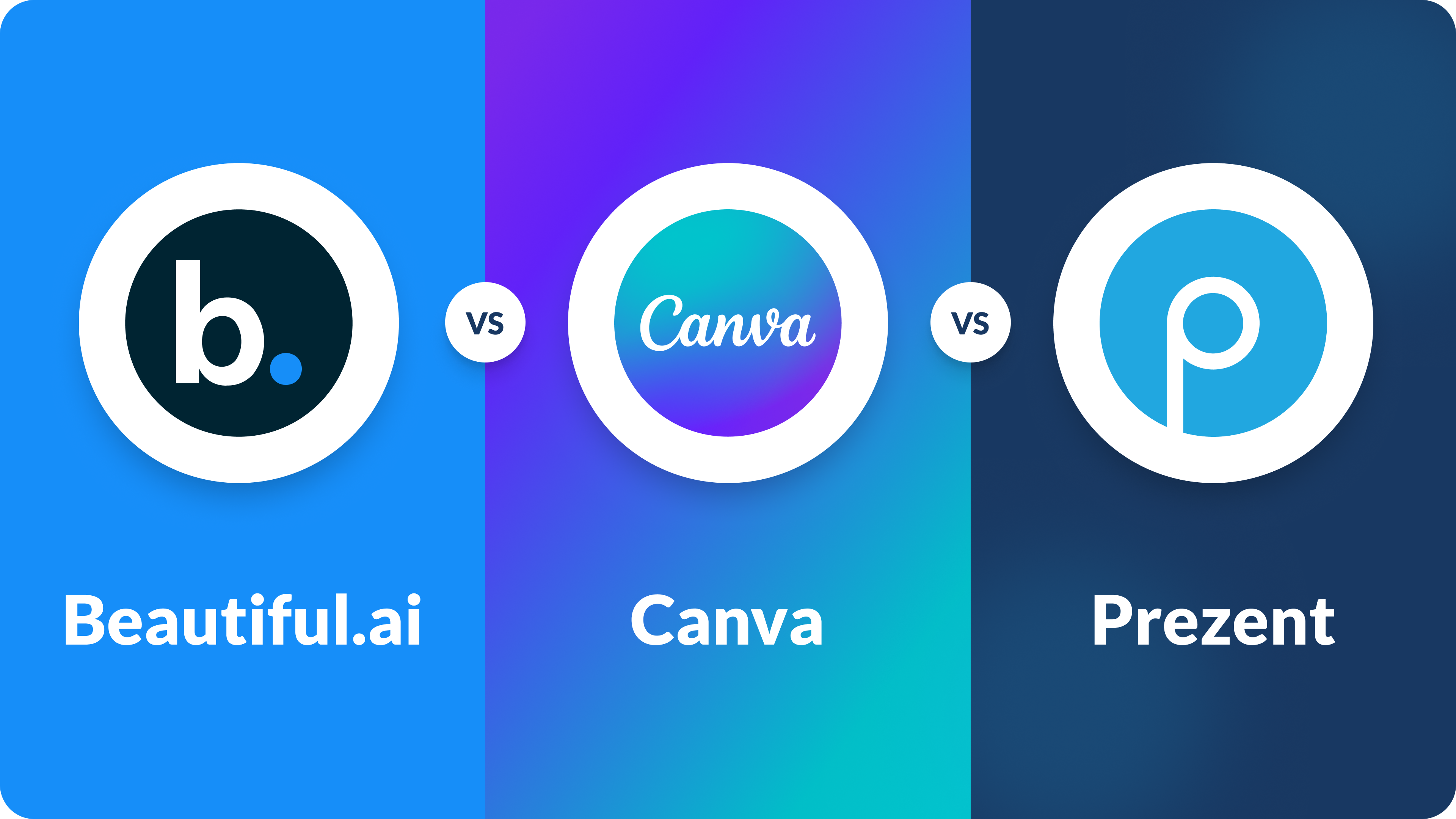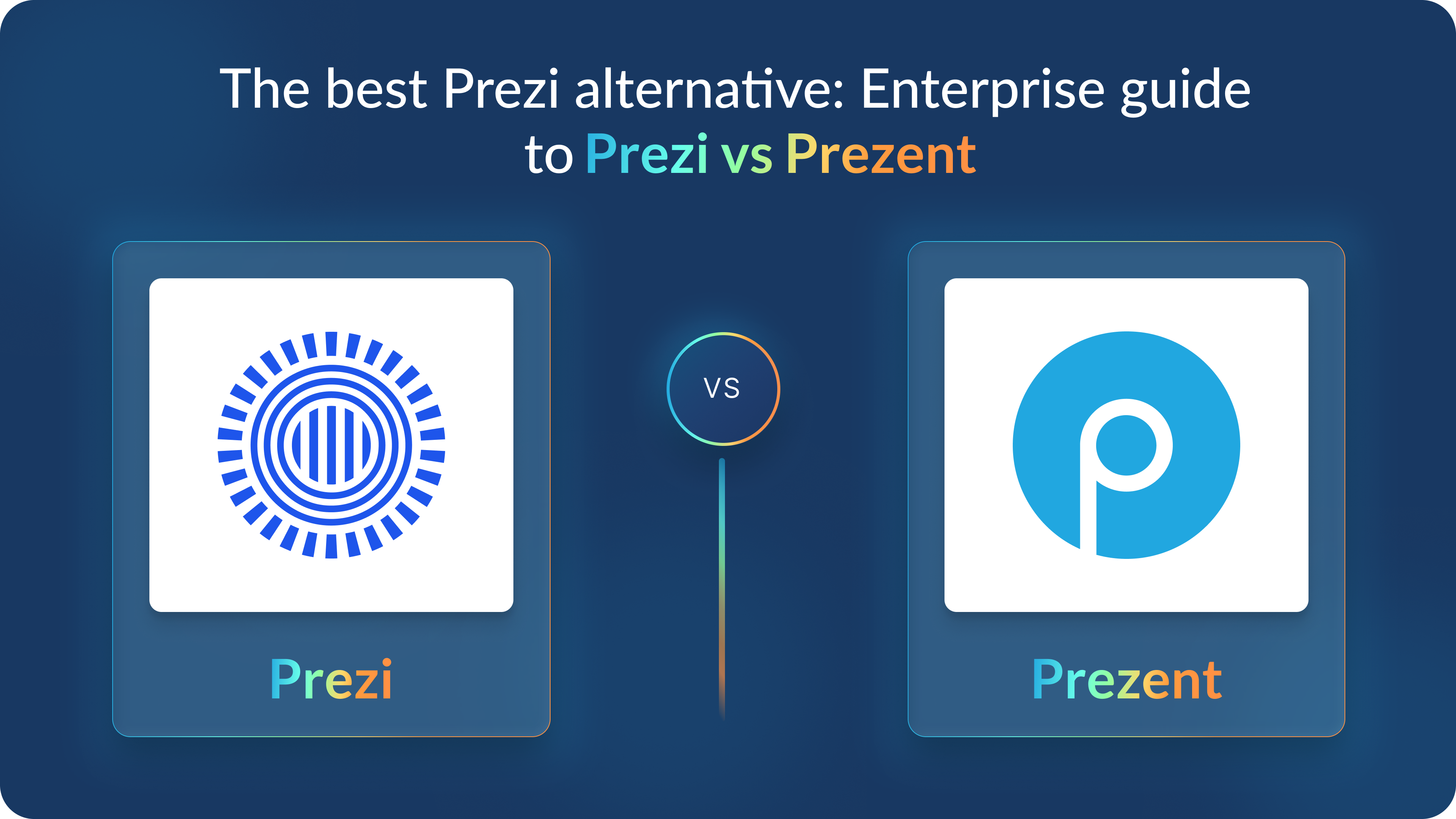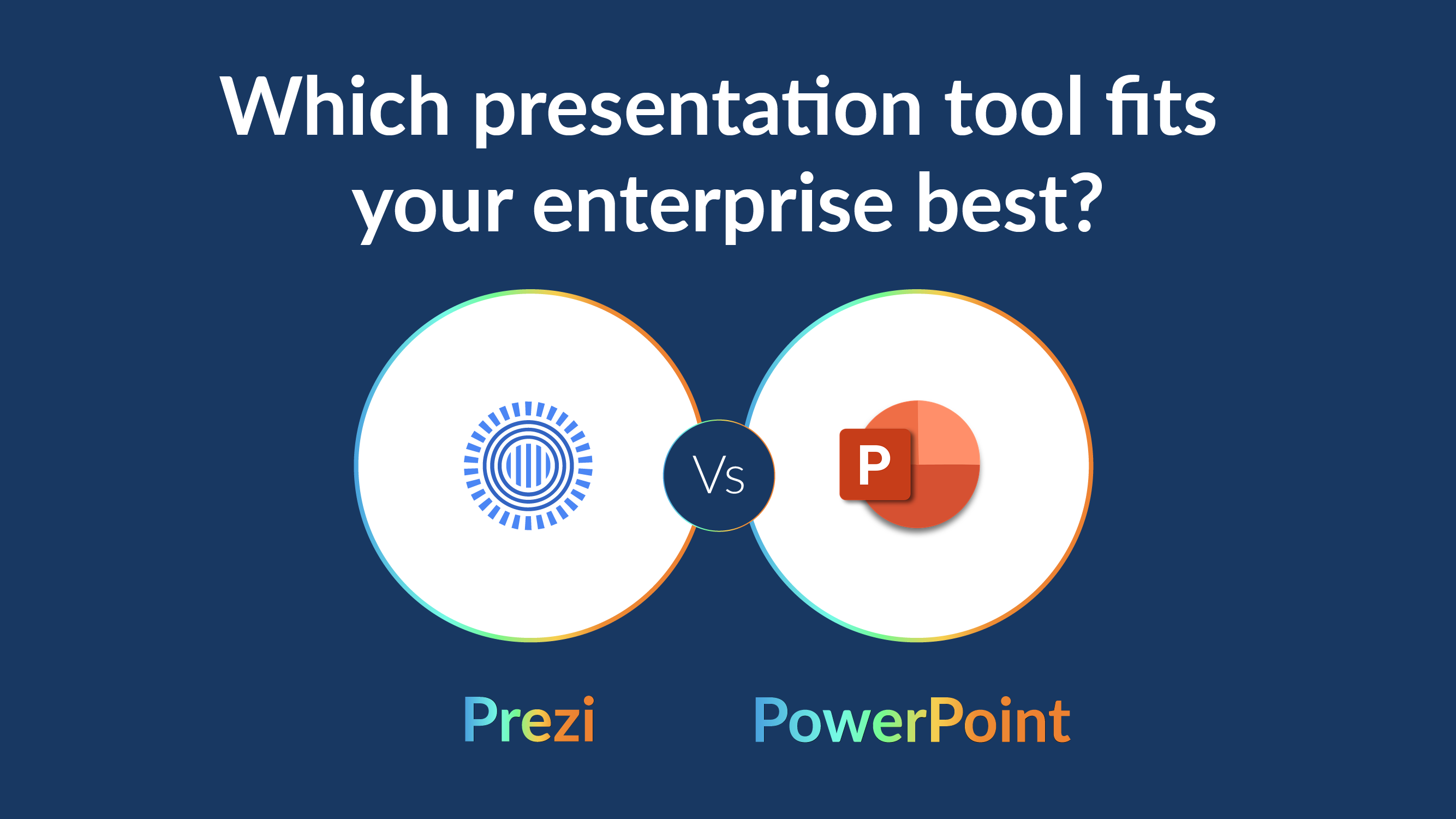Integrated communication: Why communication alignment builds trust and credibility

Clear communication in business isn’t just a function—it’s a strategic advantage. Yet too often, companies treat internal and external communications as separate efforts, missing the chance to build alignment, trust, and credibility from the inside out.
In this episode of the Think Deeply, Speak Simply podcast, Rajat Mishra (Founder & CEO of Prezent) sat down with Keyana Corliss, Head of Global Corporate Communications at Pigment, to explore why aligning internal and external communications is key to building a consistent brand and a trustworthy culture.
Join them as they explore real-world challenges and share actionable strategies for bridging internal and external communications to boost reputation, deepen engagement, and bring company values to life.
Key takeaways:
- Align internal and external messaging: Don’t let the external narrative outpace what employees know or experience. Consistency builds trust.
- Treat employees as a core audience: Their understanding and engagement directly impact your brand’s credibility.
- Communicate in a way that feels natural: Be authentic and use channels that suit your leadership style. Forced messaging rarely works.
- Be transparent during high-stakes moments: Acknowledge uncertainty openly. People value honesty, even when answers are still unfolding.
Company culture starts with communication
Keyana Corliss brings a rich and diverse leadership background to the table, with experience at Tableau, Databricks, and now Pigment. Her unconventional career path, from finance to journalism to corporate communications, has shaped a uniquely human-centered approach to public relations and executive communication. Through these transitions, she developed a strong belief in the power of clear, values-driven communication to shape culture and trust within organizations.
Reflecting on key career milestones, she recounts that her early work with Tableau, then a relatively unknown client, led to her transition into in-house communications. At Databricks, she navigated the challenges of scaling communication during a period of rapid growth, and she credits CEO Ali Ghodsi for modelling transparency and alignment at the executive level. These experiences shaped her perspective on how communication can either support or strain company culture, especially when clarity and consistency are lacking.
With that in mind, she breaks internal communication into two core categories:
- Operational internal communications
Updates from HR or People teams, including benefit enrollment or town hall logistics. - Executive internal communications
The messages coming from company leaders that influence culture, shape trust, and create alignment.
She underscores that in today’s work environment, where personal and professional lines are increasingly blurred, what leaders say inside the organization matters more than ever. Executive communication isn’t just about announcements; it’s about values, tone, and intent.
“Thoughtful, values-driven leadership communication is what shapes company culture—and reinforces your brand externally,” she explains.
Quoting a valuable lesson from former CEOs, Keyana emphasizes:
“Culture eats strategy for breakfast.”
In other words, building culture through intentional communication isn’t a nice-to-have. It is a strategic necessity.
When good press creates internal disconnect
One of the first major themes Keyana and Rajat explore is the power as well as the potential risk of media coverage. As Keyana puts it, “Not all good press is beneficial.”. While favorable press usually feels like a win externally, it can actually cause harm if it doesn’t reflect the experience of the employees.
Reflecting on her time at Tableau during its acquisition by Salesforce, Keyana shares a revealing moment: “We were doing such a good job with press and events, but internally people were asking, ‘Are we really doing all that?’”
That kind of disconnect, where the external narrative doesn’t match the internal experience, can quietly erode trust. Instead of feeling motivated or aligned, employees may become confused or even skeptical. Over time, this credibility gap can undermine both culture and engagement.
The lesson? External communications must be grounded in internal reality. Even the most glowing coverage can backfire if it feels disconnected from the day-to-day employee experience.
Keyana emphasizes the importance of consistency across all messaging:
“You have to think about the employee as an audience, just like a customer or press contact.”
In today’s workplace, people want to understand the why behind the what. If a company presents itself externally as innovative or customer-obsessed, that identity needs to be reflected internally. It has to be in leadership tone, day-to-day decisions, and the tools employees are given to do their work.
Why communication is uniquely challenging for leaders
According to Keyana, the way a company communicates externally reflects not just on the brand, but also on the individuals behind it. Friends, family, former colleagues—they’re all watching. That pressure makes every word matter.
Managing brand and reputation becomes a delicate balance of vulnerability, clarity, and empathy. And for leaders, the margin for error is small. Keyana shares two guiding principles to help make leadership communication more effective:
- Start with authenticity
A common question Keyana gets from executives is: “Should I post on LinkedIn every day?”
Her advice: That’s the wrong question. Instead, ask yourself, “Is that authentic to me?”
Great leadership communication isn’t about frequency or volume. It’s about sincerity. Performative or overly polished content often falls flat because audiences are smart. They can tell when it’s not genuine. Leaders who communicate with their true voice build deeper trust. - Play to your strengths
When it comes to internal communication, consistency and personalization go a long way. Leaders shouldn’t feel pressured to adopt formats or platforms that don’t fit their style. If you’re more comfortable conversing on Slack than sending long-form emails or recording videos, lean into that.
As Keyana puts it:
“Don’t copy-paste communication styles that aren’t true to you.”
The most impactful communication happens when leaders use channels that feel natural—and when they match their message to what the audience needs.
Ultimately, effective leadership communication isn’t about perfection. It’s about being real, being present, and being thoughtful.
Navigating change: Lessons from M&A communication
One of the most complex moments for communication alignment is during a merger or acquisition. As Keyana reflects on her time at Tableau when it was being acquired by Salesforce, these transitions are often marked by deep secrecy. This often means that only a small group is informed early on, while the rest of the organization is left wondering what’s next.
This uncertainty can fuel anxiety. Employees worry about practical things like stock liquidity, compensation, evolving roles, and other aspects. While external messaging may be carefully crafted for the public and press, the internal audience can feel disconnected if their concerns aren’t addressed.
Keyana emphasizes that in moments like these, honesty and empathy matter more than polish. She says,
“People trust you more when you acknowledge their concerns rather than dodge them.”
Even if leaders don’t have all the answers, communicating openly reinforces trust, strengthens credibility, and keeps internal and external narratives aligned during critical periods of change.
Final takeaway: Unified communication is essential
This conversation highlights a key truth: internal and external communication strategies are deeply interconnected. When they’re aligned, they build clarity, trust, and long-term credibility for leaders as well as the company.
As Keyana put it,
“Communication is personal. When it fails, it feels personal. That’s why it matters so much to get it right, especially inside the company.”
A strong reputation doesn’t come from headlines alone. It’s built from what employees experience and share every day. And when your communication strategy starts with alignment, trust follows naturally.
Watch the full episode on our YouTube channel or listen on your favorite podcast app—Spotify and Apple Podcasts. And don’t miss future episodes of Think Deeply, Speak Simply, where experienced leaders unpack the skills behind powerful and authentic business communication.













